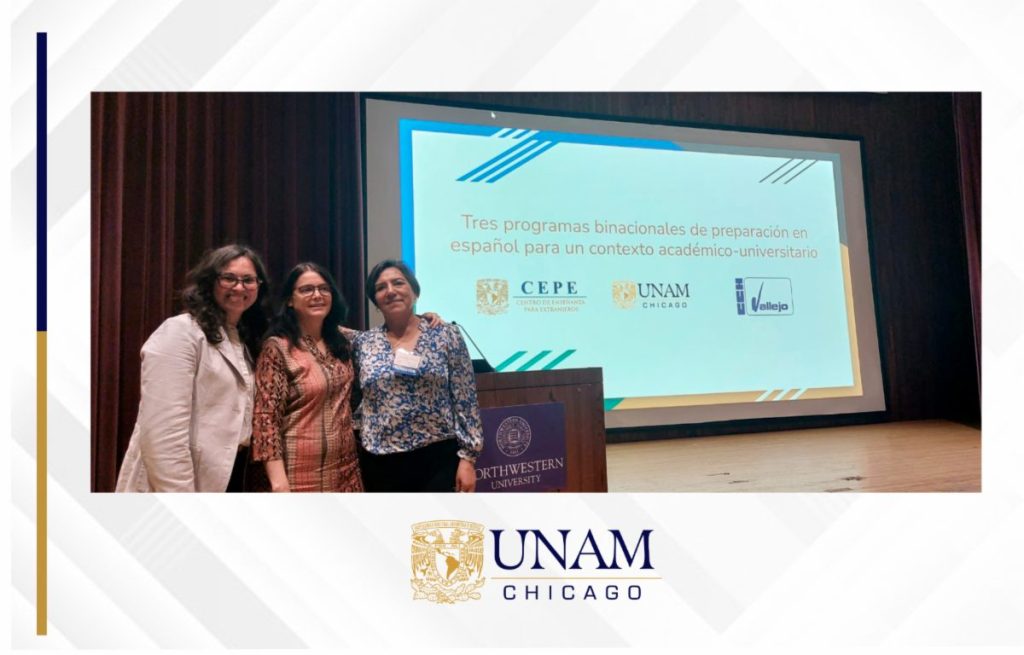
May 27, 2024
UNAM Chicago took part in the National Symposium on Spanish as a Heritage Language, one of the most important forums for research and academic exchange in its field in the United States. The 12th edition of the symposium was held at Northwestern University.
UNAM presented three binational Spanish preparation programs for a university setting, developed collaboratively by the Center for Teaching Foreign Students (CEPE), CCH-Vallejo, and UNAM Chicago. The first was an online writing course for heritage speakers, aimed at providing the necessary linguistic tools for individuals whose formal education has primarily been in English but who wish to pursue higher education in Spanish.
The second program, offered by UNAM Chicago at Centro Romero, is an in-person course for high school-aged heritage speakers. It focuses on strengthening their cultural and linguistic identity, as well as developing leadership skills. Spanish-English language exchange sessions were organized with students from the Verano Puma summer program at our campus.
CCH-Vallejo showcased the implementation of the virtual collaborative learning methodology known as Teletándem, in the context of Spanish as a heritage language, in collaboration with UNAM Chicago. This third program was carried out through virtual sessions in which students from Centro Romero and CCH-Vallejo interacted in English and Spanish, gave each other feedback, and worked on specific projects such as infographics, glossaries, and podcasts.
In the United States, the number of native Spanish speakers exceeds 42 million, with another 15 million who have limited proficiency in the language. This makes the U.S. the second-largest Spanish-speaking country in the world, after Mexico. As a result, there is a growing need in education to develop methodologies for teaching Spanish to individuals whose schooling has taken place mostly in English but who learned Spanish at home—commonly referred to as heritage speakers.
These three programs developed by UNAM not only strengthen academic proficiency in Spanish, but also reinforce the identity of bilingual and bicultural students, while promoting collaborative learning in real and meaningful contexts.






